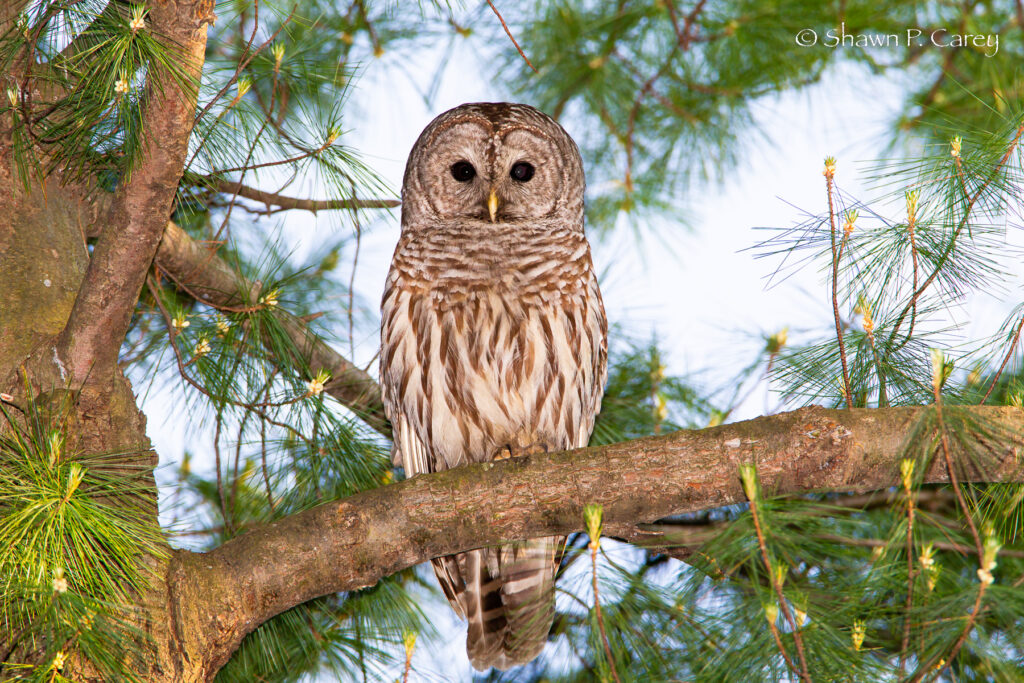
By Jeffrey North
Eagles, owls, and hawks are dying. Of the 161 Massachusetts raptors tested at Tufts Wildlife Clinic in a study between 2006 and 2010, 86% had poison residues in their liver tissue. And according to the EPA, more than 10,000 kids are poisoned by toxic chemicals left around residences, restaurants, or public parks to poison rats.
Take action
Proven tactics to address the problem with minimal or no rodenticide use include Integrated Pest Management plans, engaging housing authorities, affecting retail and construction site practices, and a rat poison bylaw. And please support legislation currently before the House (HD 577) and Senate (SD1144). This legislation would increased the use of integrated pest management strategies with multiple methods to address rodent problems.
Join other interested Belmontians for a kickoff meeting for Save Belmont Wildlife on Zoom at 7 PM on Thursday, April 13: register at bit.ly/BCF-Raptor-Zoom. Meet wildlife biologist and BCF Newsletter author Laura Kiesel, who will talk about the rodenticide problem in our region.
Can’t make it? Email bcfprogramdirector@gmail.com for more information.
Jeffrey North is managing editor of the Belmont Citizens Forum Newsletter.



Sorry, the comment form is closed at this time.